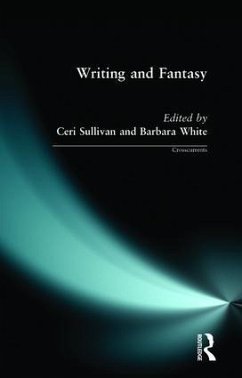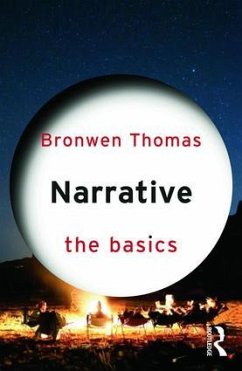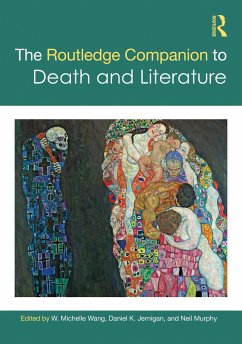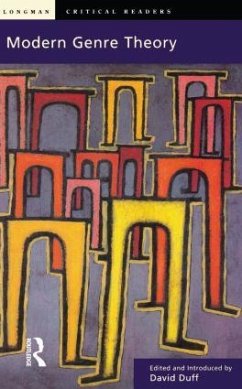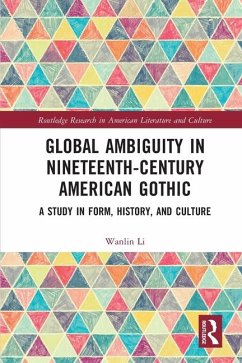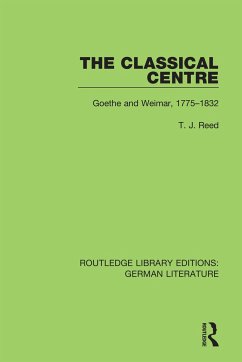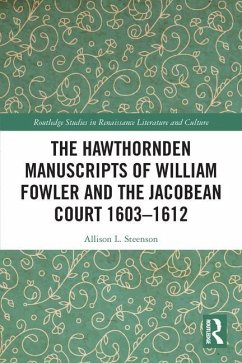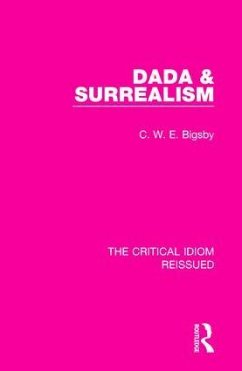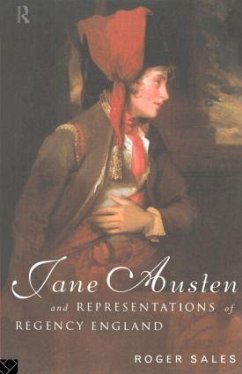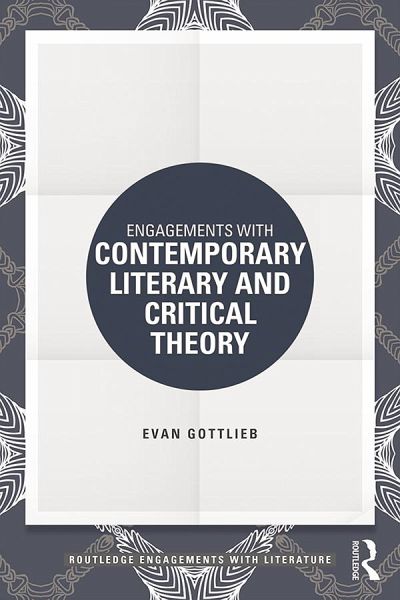
Engagements with Contemporary Literary and Critical Theory
Versandkostenfrei!
Versandfertig in 6-10 Tagen
37,99 €
inkl. MwSt.
Weitere Ausgaben:

PAYBACK Punkte
19 °P sammeln!
Engagements with Contemporary Literary and Critical Theory is a wide-ranging but accessible introduction to the key thinkers and theories integral to the study of literature. Organized thematically, the book provides historical introductions and uses a variety of relevant contemporary examples to illuminate the field.Evan Gottlieb contextualizes the latest developments with regard to forms; discourses; subjectivities and embodiments; media, networks, and machines; and animals, affects, objects, and environments. Each chapter elucidates its concepts through in-depth discussions of major contemp...
Engagements with Contemporary Literary and Critical Theory is a wide-ranging but accessible introduction to the key thinkers and theories integral to the study of literature. Organized thematically, the book provides historical introductions and uses a variety of relevant contemporary examples to illuminate the field.
Evan Gottlieb contextualizes the latest developments with regard to forms; discourses; subjectivities and embodiments; media, networks, and machines; and animals, affects, objects, and environments. Each chapter elucidates its concepts through in-depth discussions of major contemporary theorists, including Giorgio Agamben, Sara Ahmed, and Catherine Malabou, and uses engaging examples from a canonical novel, a contemporary text, and a new-media artifact to demonstrate theoretical applications. Additional text boxes regularly introduce emerging or overlooked theorists of interest, including Fred Moten and Sianne Ngai.
An ideal guide for students of literary and critical theory, this book will give readers the background they need to continue their own explorations of this vibrant field of study.
Evan Gottlieb contextualizes the latest developments with regard to forms; discourses; subjectivities and embodiments; media, networks, and machines; and animals, affects, objects, and environments. Each chapter elucidates its concepts through in-depth discussions of major contemporary theorists, including Giorgio Agamben, Sara Ahmed, and Catherine Malabou, and uses engaging examples from a canonical novel, a contemporary text, and a new-media artifact to demonstrate theoretical applications. Additional text boxes regularly introduce emerging or overlooked theorists of interest, including Fred Moten and Sianne Ngai.
An ideal guide for students of literary and critical theory, this book will give readers the background they need to continue their own explorations of this vibrant field of study.






